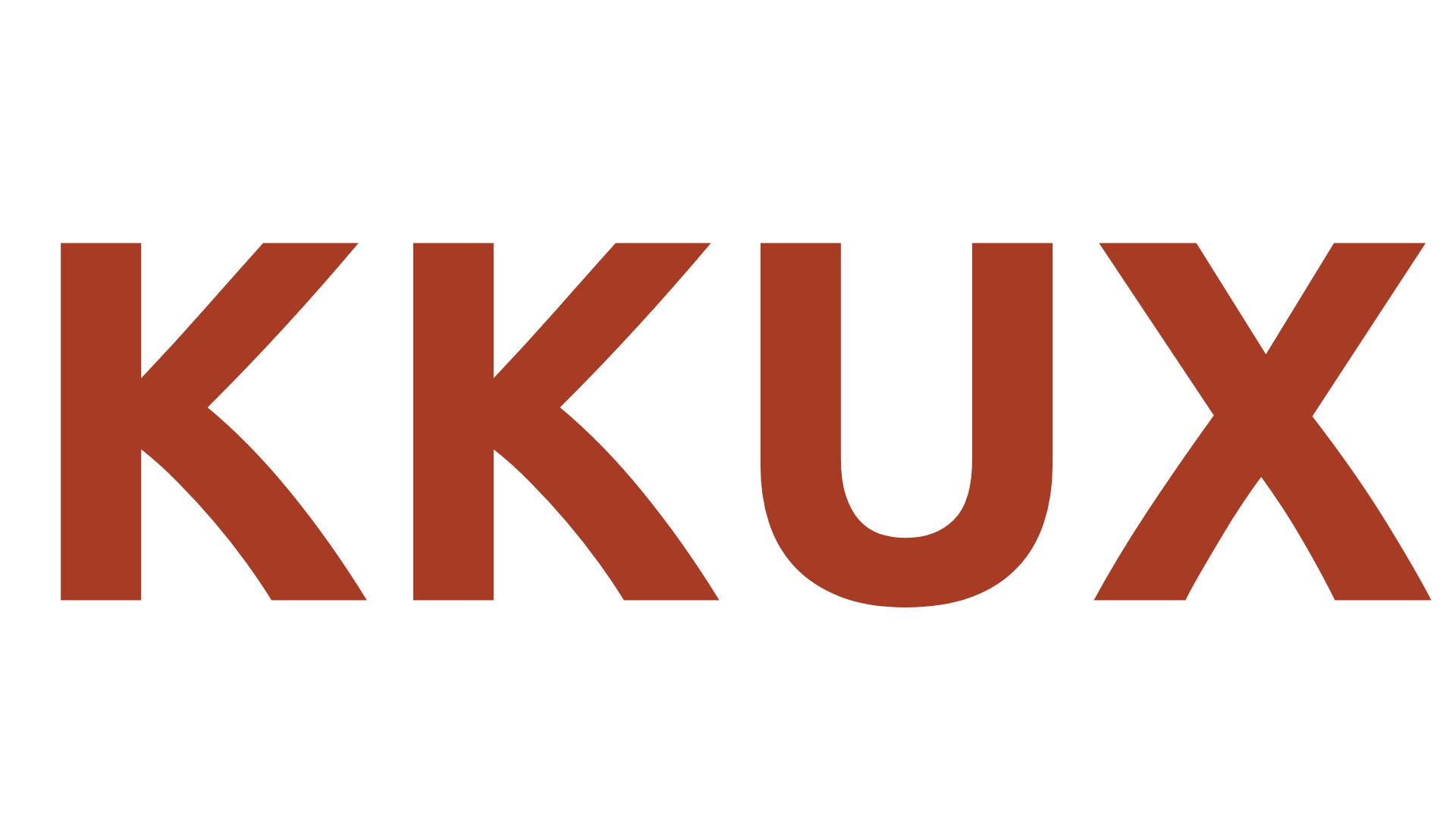Banyak orang bermimpi berlibur ke Bali untuk menikmati keindahan pantai, budaya lokal, serta kekayaan alam yang menakjubkan. Namun, kenyataannya, menyusun jadwal perjalanan sendiri bisa menjadi sangat melelahkan.
Mulai dari memilih destinasi, mengatur transportasi, hingga mencari pemandu wisata yang tepat, semua itu dapat menyita waktu dan mengurangi kenikmatan liburan. Solusinya adalah mempercayakan perjalanan kepada agen wisata profesional yang siap menangani semua kebutuhan liburan secara praktis.
Manfaat Menggunakan Jasa Travel saat Liburan di Bali
Mengatur sendiri jadwal liburan sering kali membuat waktu terbuang sia-sia. Sebaliknya, menggunakan layanan dari agen seperti east bali tour justru memberikan kenyamanan dan efisiensi. Berikut beberapa manfaat utamanya:
- Perencanaan yang Terstruktur
Jadwal perjalanan disusun secara profesional dengan memperhatikan waktu tempuh, lokasi wisata yang berdekatan, dan aktivitas yang saling melengkapi. - Menghindari Destinasi yang Overrated
Banyak wisatawan terjebak mengunjungi tempat yang sebenarnya terlalu ramai atau tidak sesuai ekspektasi. Agen profesional akan menyarankan tempat terbaik berdasarkan pengalaman lapangan. - Efisiensi Transportasi dan Akomodasi
Tak perlu lagi bingung memesan kendaraan atau hotel. Semuanya sudah termasuk dalam paket bali trip yang disiapkan dengan baik. - Dukungan Tim Berpengalaman
Dengan tim lokal yang paham kondisi lapangan, perjalanan menjadi lebih aman dan lancar.
Kenapa Memilih East Bali Tour sebagai Partner Wisata
East Bali Tour bukan sekadar agen bali travel, tetapi mitra perjalanan yang mengerti kebutuhan wisatawan. Agen ini menawarkan berbagai pilihan paket tur yang bisa disesuaikan dengan keinginan, mulai dari wisata alam, budaya, hingga petualangan ekstrem.
- Paket Fleksibel dan Bisa Disesuaikan
Tersedia berbagai itinerary, dari perjalanan setengah hari, sehari penuh, hingga multi-day tour, yang cocok untuk wisata keluarga, pasangan, maupun solo traveler. - Driver Profesional dan Ramah
Seluruh pengemudi tidak hanya terlatih dalam mengemudi, tetapi juga memahami rute terbaik dan bisa menjadi pemandu yang informatif. - Harga yang Transparan
Tidak ada biaya tersembunyi. Semua informasi harga paket jelas dan sesuai dengan layanan yang diberikan. - Akses ke Destinasi Eksklusif
Beberapa destinasi tersembunyi di bagian timur pulau hanya bisa diakses melalui jaringan lokal yang dimiliki oleh East Bali Tour. Ini memberikan pengalaman unik yang tidak banyak diketahui wisatawan umum.
Aktivitas Seru yang Bisa Dijalani Tanpa Repot
Dengan mengikuti program dari east bali tour, wisatawan bisa fokus menikmati setiap momen tanpa harus memikirkan hal teknis. Beberapa aktivitas favorit antara lain:
- Sunrise trip ke Gunung Lempuyang
- Menjelajah keindahan alam Desa Sidemen dan sekitarnya
- Eksplorasi pantai tersembunyi di timur Bali
- Wisata budaya ke pura-pura kuno dan pasar tradisional
Setiap destinasi dirancang untuk memberikan pengalaman otentik yang berbeda dari wisata mainstream.
Liburan Berkualitas dengan Waktu yang Efisien
Dengan memanfaatkan layanan bali trip dari agen terpercaya seperti east bali tour, waktu liburan yang singkat bisa dioptimalkan menjadi pengalaman yang tak terlupakan. Bagi yang tidak ingin repot menyusun jadwal, cukup pilih paket yang sesuai, lalu duduk santai dan biarkan semuanya berjalan dengan lancar. Tidak perlu khawatir akan tertinggal momen terbaik karena semuanya telah dirancang agar perjalanan terasa menyenangkan dan bebas stres.
Bagi pecinta keindahan dan budaya lokal, menggunakan layanan dari bali travel profesional seperti East Bali Tour memberikan keleluasaan untuk benar-benar meresapi Bali secara utuh, tanpa gangguan teknis dan kelelahan karena mengurus logistik sendiri. Semua menjadi lebih mudah, menyenangkan, dan pastinya berkesan.



